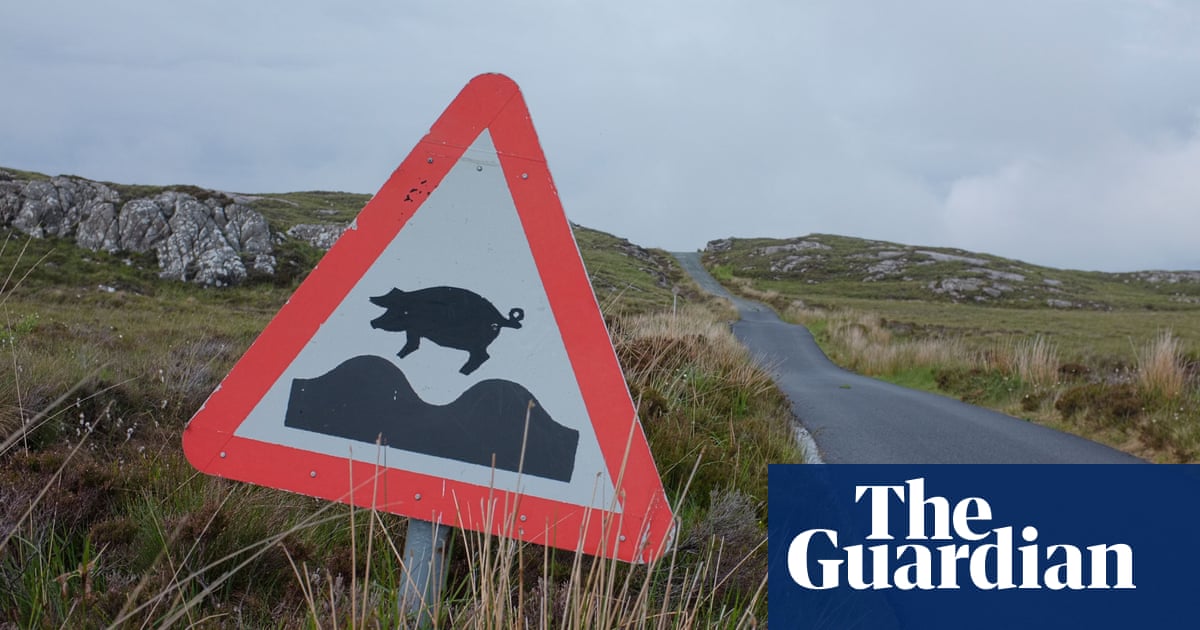Which is the most interesting road in the UK? Not necessarily the most scenic, but the one that is most important historically or has the most fascinating story. Olly, Warwickshire
Send new questions to nq@theguardian.com.
Readers reply
A contender should be Calum’s Road on Raasay, built by the islander Calum MacLeod. According to Wikipedia, locals spent decades campaigning unsuccessfully for a road, so he took matters into his own hands, with the help of Thomas Aitken’s manual Road Making & Maintenance: A Practical Treatise for Engineers, Surveyors and Others. Replacing the old footpath – mainly using only a shovel, a pick and a wheelbarrow – took a decade. By 1974, he had constructed nearly two miles of road between Brochel Castle and Arnish. It’s a great drive and includes unusual road signs! Paul Rackham
Given its ratio of length to tourist visitors, I’d suggest it’s that one in north-west London with the zebra crossing. EddieChorepost
The Great North Road. Difficult to beat for historical significance and importance. mbbcam
Bealach na Bà (“the pass of the cattle”) in Wester Ross, north-west Scotland, which links the beautiful village of Applecross with the A896. It’s the UK’s only version of an alpine-style series of steep ramps and hairpin bends; it’s a favourite with cyclists. It takes you over some very remote and desolate moorland and then down into Applecross, which has a fantastic pub that does amazing seafood. The return is even more spectacular, with views over Loch Kishorn towards Plockton, but keep your eyes on the road! It’s becoming a very popular diversion on the North Coast 500, which means it gets very busy in the summer. Trilobyte; realisscum
How about Tom Otter’s Lane on the Lincolnshire-Nottinghamshire border? It’s named after the last man to be gibbeted in Lincolnshire, who (probably) murdered the pregnant bride he had just bigamously married there. The story was such a sensation in the 19th century that the gibbet site is marked on maps. It’s said that a blue tit made a nest in the mouth of the gibbeted corpse, giving rise to a local riddle:
“Ten tongues within one head,
Nine were living and one was dead.
One went out to fetch some bread
To feed the living in the dead.”
Otter also haunts the site of his crime, of course. SpoilheapSurfer
The A303 is surely a contender – not just because it goes past…
Click Here to Read the Full Original Article at Travel | The Guardian…
